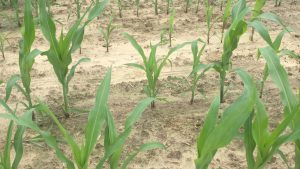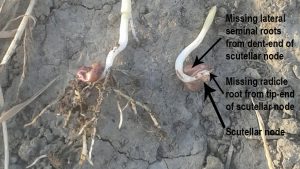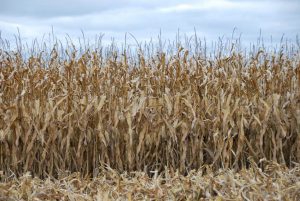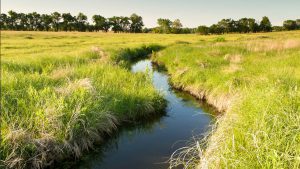Cropside: Avoiding the burn
AGRONOMIC INFORMATION FROM ONTARIO'S CROP SPECIALISTS

AS THE OMAFRA corn specialist, I am often called to the field to figure out what has gone wrong when there are signs of injury in the crop. This summer, one such visit diagnosed fertilizer injury, which can cause root loss, early growth retardation, uneven emergence, or poor germination of seedlings. Here are some tips you can use to diagnose and mitigate this problem in your own field, as authored by Alissa Reid, OMAFRA field crops summer student.
DIAGNOSIS
Look at stand development. The first red flag of fertilizer burn is often variability in stand, as fields often appear to have different stages of development and may have gaps in rows (Figure 1). Dig up and compare plants, as fertilizer burn is highly evidenced in the roots. You may notice that smaller, delayed plants may be missing seedling roots, causing delayed growth. The radicle, which is the first root to develop after germination, may be missing or blackened as a result of fertilizer injury. Similarly, lateral seminal roots may be missing, appear shortened, or have black or brown tips; evidence their growing points have died off (Figure 2). Dig to the appropriate seeding depth where there are gaps in rows, as non-germinated or failed seeds are another symptom of fertilizer stress (Figure 3).



MITIGATING THE BURN
Refer to the safe rates of fertilizer found in Publication 811, Agronomy Guide for Field Crops or Publication 611, Soil Fertility Handbook (Table 1). Fertilizer burn is highly dependent on environment (soil moisture, texture, organic matter), and these rates are a general guideline only, as even they can cause injury under riskier conditions. Safe rate recommendations for urea-based fertilizers are lower than other fertilizers due to their added risk of ammonia toxicity. •


























